Text
We have moved!
You can find the new blog here: https://spiritofthebennu.tumblr.com/
0 notes
Text
The Bennu

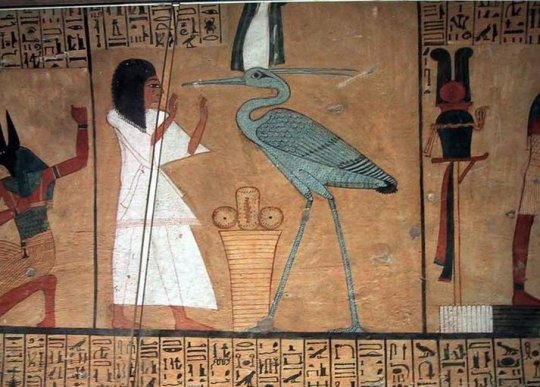
The Bennu bird (also spelled Benu) is strongly associated with the Greek Phoenix. The bird was depicted as a heron, although in earlier myths it appeared as a yellow wagtail. As far as appearance goes, the Bennu is often shown as grey, but sometimes is portrayed as red. Two long feathers form a crest at the back of its head, and in some images it is shown wearing the Atef crown, which is associated with Osiris.
The creature was considered a self created being, and it was believed to have ushered in creation with its call, having flown over the waters of Nun to get to the primordial mound. After creation it would appear daily as the sun rose, perching in trees or on the benben stone at the Temple of Ra in Heliopolis. The Bennu was also involved in the guiding of souls through the underworld.
Worship of the Bennu was primarily centered around Heliopolis, where Ra was honored as well. It was strongly associated with Atum, Osiris, and Ra, and was known as the Ba (or soul) of Ra. The hieroglyph for Ra even includes the Bennu bird. In some cases the Bennu was even worshiped as a deity associated with time and rebirth, and a sanctuary called Het Benben was dedicated to it. The titles “He
Who Came Into Being By Himself” and “Lord of Jubilees” were commonly used.
In spiritual practice it was depicted on funerary amulets due to its connection with rebirth and Osiris. There were also spells present in the Book of the Dead with the intent of transforming souls into the Bennu in order to get them safely through the underworld.
Deity Associations: Ra, Osiris, Atum
5 notes
·
View notes
Text
Hey everyone, I made a Pagan/Witch/Wiccan Discord Server
I know it’s been a bit since I last posted, things have been super busy on my end! But I wanted to announce something big! I made a discord server for pagans/witches/wiccans/anyone else who is curious about or following a similar spiritual path. The server is pretty new, so we are still adding stuff. But we would love to have you!
7 notes
·
View notes
Photo
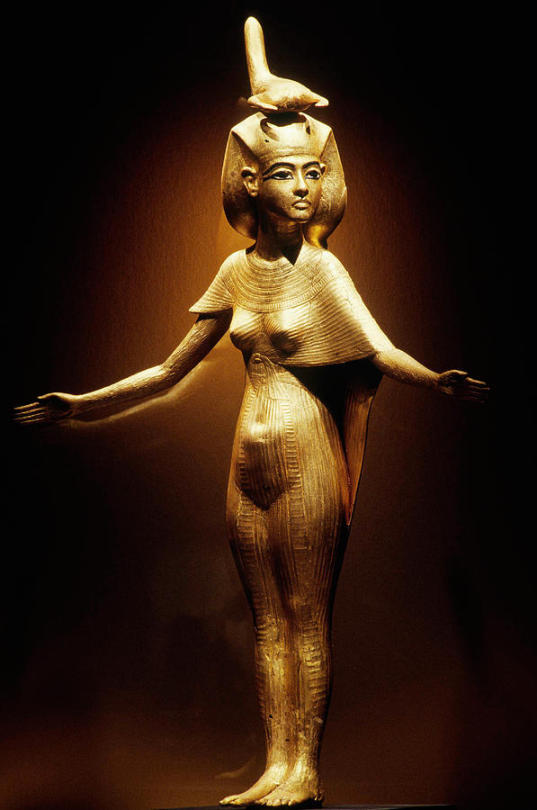

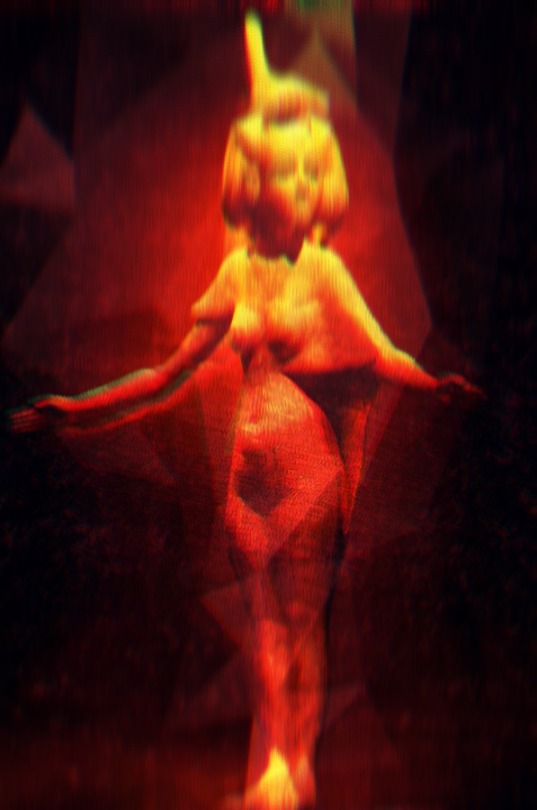
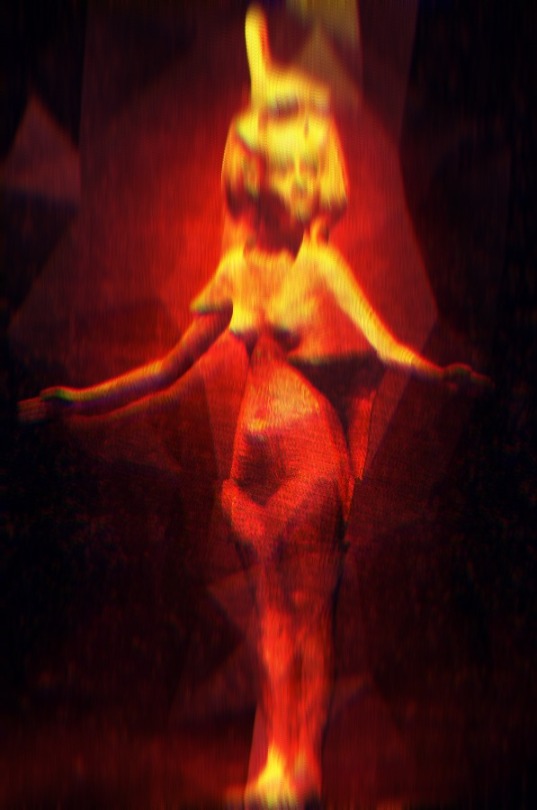

Selket (Serqet)
Who is Serqet?
Serqet goes back to the earliest period of recorded Ancient Egyptian history.
The scorpion is a fierce creature, always ready to attack. Not surprisingly, the scorpion goddess was considered to be a protector in various situations. Less obvious are her associations with sacred marriage and the fact that she can be considered the patron of clinical toxicologists.
Serqet’s relationship to other goddesses of Ancient Egypt is another interesting question. Finally, she can still have much significance for those walk the ways of the Goddess today.
Names and images
Serqet is also spelled as Selket, her full Egyptian name is Srkt-Htw, and the Ancient Greeks called her Selchis.
She is generally shown as a woman with a scorpion on her head, although there are bronze figures showing her with the lower body of a scorpion and upper body of a woman with a solar disc on her head.
In some underworld scenes in royal tombs, she appears as a rearing snake. In one of the “mythological papyri” from the 21st dynasty (c. 1000 BC), she has a lioness head, is armed with knives, and a crocodile sprouts from her back.
The most beautiful image of Serqet is the gilded wooden statue found in the tomb of Tutankhamun (c. 1325 BC). She forms one of a set of four statues, the others being Isis (Aset), Nephthys (Nebhet) and Neith (Nit). They guard the canopic shrine, also of gilded wood, in which some of the dead pharaoh’s organs were placed. Their forms are delicate and the slight rotation of the body adds a fluidity not seen in most Ancient Egyptian statues.
Origin and spread of the cult of Serqet
The earliest written mention of Serqet appears on a panel produced towards the end of the First Dynasty (around 2900 BC) and dedicated to a nobleman called Merika. It was found in a mastaba (tomb) in Saqqara, one of the oldest burial sites in Egypt.
It is thought that her cult first started in the Delta, the northernmost region of Egypt. It spread southwards to Edfu and then as far as Pselqet (el Dakka, or Pselchis to the Greeks and Romans) in Lower Nubia, about 65 miles south of Aswan, now under the waters of Lake Nasser.
Although the name Pselqet derives from her name, no temple dedicated to Serqet been found there or anywhere else. Nevertheless, she was an important goddess to the Egyptians for a number of reasons as described below.
Funerary deity and protector of the dead
With Isis, Nephthys and Neith, Serqet was associated with the four Sons of Horus, is particularly related to the falcon-headed Qebehsenuef, who guarded the canopic jar containing the mummy’s intestines.
She played an important role in protecting the newly dead as they navigated the Duat (underworld).
In the Egyptian Book of the Dead (in use from about 1550 BC and actually called Pert Em Hru = the Book of Coming Forth by Day) Serqet joins with Mafdet, fierce feline goddess, in protecting the dead man from the dangerous Rerek snake, which devours the spirits. The snake is told: “Your heart is cut out by Mafdet, you are put into bonds by the Scorpion-goddess” (chapter 39, Theban recension).
The Pyramid Texts, produced about 800-900 years earlier see the house of Serqet as being the final destination of the now immortal and deified pharaoh: “For the King is an Imperishable Star, son of the sky-goddess who dwells in the Mansion of Selket” (Pyramid Texts, utterance 571).
Initially being seen as exclusively for the pharaoh, the concept of the afterlife was gradually extended to nobles and then to anyone, who could afford at least the minimal correct form of burial.
The village of Deir el Medina on the West Bank opposite Luxor housed the artists who created the royal tombs. They also built their own tombs within their settlement. The tomb of the artist Khabekhenet shows Neith and Serqet protecting the dead man.
Protector of the living
The scorpion is a symbol of motherhood in many sources from the Ancient Near East, possibly because the female carries her young on her back.
Ancient Egypt took over these concepts in seeing Serqet as a protector of mothers, children and pregnant women.
This is primarily expressed in the story of Serqet helping to protect Isis and her baby son Horus when they flee into the Delta to escape Seth. Seth killed Osiris, husband of Isis, and wished to make Isis his own.
In addition, all people would ask for Serqet’s protection against venomous creatures. In the Pyramid Texts, she is called the mother of the snake deity Nehebkau, who protected Pharaoh from snakes.
Thus, while there might not have been any temples specific to Serqet, many would have carried amulets of the goddess and honored her in their own homes.
Patron of clinical toxicologists
Serqet was the patron of those doctors, who specialized in treating poisonings, especially from venomous stings and bites; she can thus be called the patron of clinical toxicologists.
The name Srkt-Htw translates as “She Who Causes the Throat to Breathe”, which can be seen as referring to her help in fighting the loss of breath that can occur scorpion stings and snake bites.
Interestingly, the scorpion has again become associated with medicine in very recent times. Chlortoxin, derived from scorpion venom, targets a certain type of brain tumor and can be used to direct chemotherapy specifically at the tumor. Another peptide derived from scorpion venom has recently been reported to show potent antibacterial activity, including against MRSA, in laboratory studies.
Sanctifier of the sacred marriage and divine birth
In Mesopotamian art, scorpions are symbols of sacred marriage between gods and humans and thus are shown in the marriage bed. The Egyptians saw Serqet having a role in this context.
In the temple of Hatshepsut on the West Bank, Neith and Selket support the bodies of Amun Ra and Hatshepsut’s mother in a scene of Hatshepsut’s divine conception.
Both are also present at a similar scene of the divine conception of Amenhotep III in Luxor Temple.
Solar goddess, daughter of Ra
Serqet was associated with the scorching heat of the sun and thus was considered the daughter of Ra, the Egyptian sun god. In the Book of the Dead, the dead person identifies with her, saying: “I am that Scorpion-goddess, the daughter of Ra” (Chapter 86).
The barque of Ra was believed to travel a perilous journey through the underworld each night. In some representations, Serqet is shown on the barque protecting her father, particularly by fighting the Apep serpent (Apophis), who represents totally evil chaos.
Association with other goddesses
Neith:
Of the other three goddesses guarding the canopic jars with her, Serqet seems to be particularly paired with Neith. Neith was a major creator goddess (Weaver) and warrior goddess (Archer) worshipped from very early times at her cult center of Sais in the Delta.
As mentioned above, these two goddesses appear together in scenes of sacred marriage and divine conception. They are also pictured together protecting the dead (as in the tomb of Khabekhbet mentioned above) and appear together with some funerary texts. For example, utterance 539 of the Pyramid Texts says “I will ascend and rise up the sky. My thighs are Neith and Selket.”
Hathor:
Like Hathor, Serqet is described as being the daughter of Ra. The horned solar disc seen on the half-scorpion statue of Serqet in the Louvre is generally associated with Hathor (also with later representations of Isis).
Serqet, together with Qebehsenuef is associated with the cardinal point West. One of Hathor’s main titles is “Lady of the West”.
Edfu became known as a cult center of Serqet. It is mainly known for being the cult center of Horus. In Edfu, there are references to Serqet as the wife of Horus. Some spells against poisonous bites mention a scorpion goddess called Ta-Bitjet, who again is referred to as the wife of Horus. However, the consort of Horus was generally considered to be Hathor. Her actual name in Egyptian is Hwt-Heru, which means “house of Horus”.
Some versions of the story about Serqet protecting Isis and the baby Horus refer to the goddess as taking on a sevenfold aspect of seven scorpions. It is therefore interesting to note that Hathor also has a sevenfold aspect. The “seven Hathors” appear in stories as a collective group that parallels the “good fairies” in fairy tales such as Sleeping Beauty. They predict the fate of a new baby and give it gifts to help the child achieve good fortune and have good luck.
The attribute of Great Goddess, held by Hathor in later periods in Egypt, and by Isis in the Greco-Roman world, is also given to Serqet. For example, in the mythological papyrus showing here with a lioness head, she is called “Serqet the great, the divine mother”
In the tomb of Nefertari, wife of Ramses II, an inscription reads:
“I, Serqet, mistress of heaven and lady of all the gods have come before you Great Wife, Mistress of the Two Lands, Lady of Upper and Lower Egypt, Nefertari, Beloved of Mut, Justified Before Osiris Who Resides in Abtu and have given you a place in the sacred land, so that you may appear gloriously in heaven like Ra.”
The Egyptians had very fluid concepts of deity. At various periods, one God took over the function of another. Sometimes, two or even three gods became merged into composite forms. I believe they may view their god as emanations or aspects of a Unity, which in itself is beyond human comprehension.
Serqet today
Those in our times, who choose to follow the path of the Goddess or approach spirituality/magic with a focus on Egyptian deities, may choose to turn to Serqet in a variety of situations.
1- Protection for mothers, children and pregnant women.
2- Healing from bites, stings and other forms of poisoning.
3- Strength in withdrawal/detox from alcohol or drug abuse.
4. As a matter of last resort, calling on the ferocity of Serqet as a warrior goddess to deal with enemies who have become a serious threat to self or loved ones.
61 notes
·
View notes
Text
Sorry for the absence recently. I’ve had a lot going on in my life and it’s been a tough few months, but I’m back and feeling much better.
0 notes
Photo
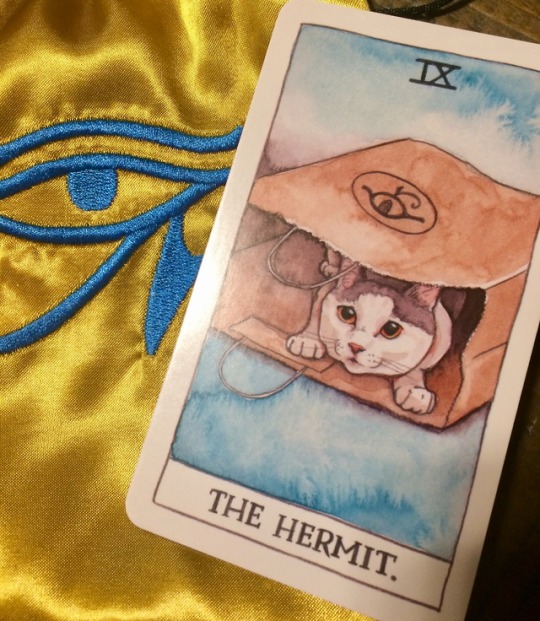
Cat Tarot 7/24/2019: The Hermit
We all need to get away once in a while… into our home, our pillow fort, our shadowy paper bag… whatever. Spend some time in sanctuary today. You don’t have to explain yourself to anyone.
22 notes
·
View notes
Photo
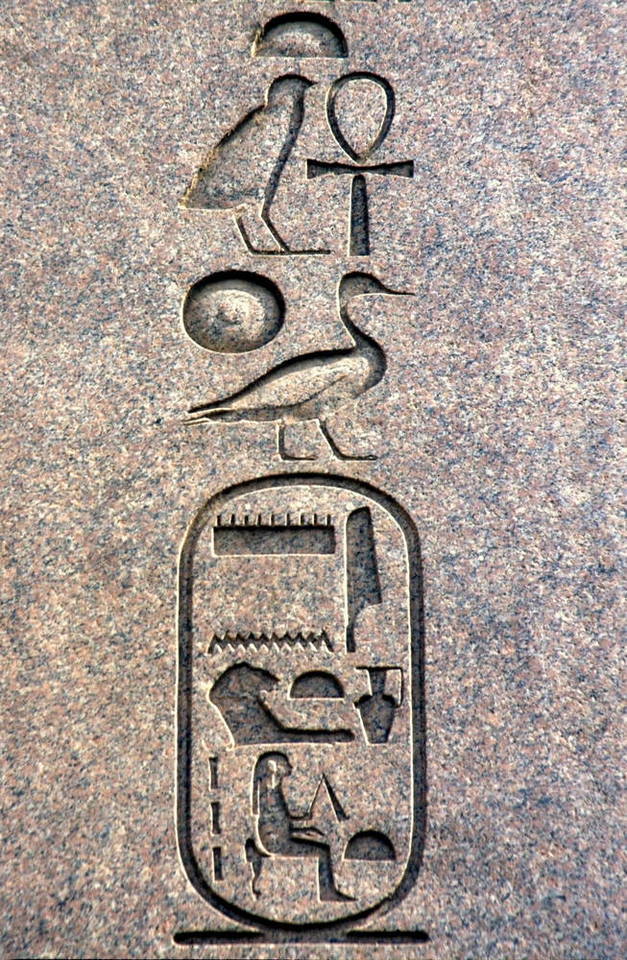
Royal Cartouche of Hatshepsut
Hieroglyphic inscription bearing cartouche with the Nomen of Queen Hatshepsut (Khnumt-Amun Hatshepsut. Joined with Amun, Foremost of Noble Ladies), engraved into her pink granite obelisk at the Precinct of Amun-Re, Karnak Temple Complex.
1K notes
·
View notes
Photo
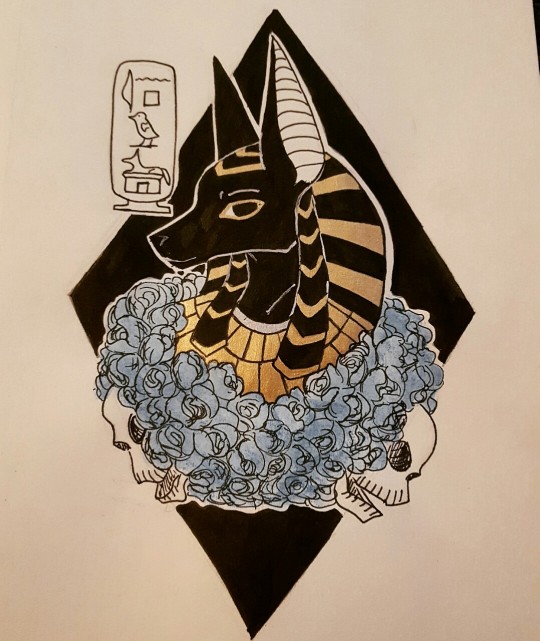
Devotional drawing for Anubis
756 notes
·
View notes
Photo
This is gorgeous!

He Who Rises as Gold || Ra, Gods of Egypt
━⊱•⊰━
Wow this piece was… an adventure. My first attempt at watercolor ended up as this mixed media piece- the ones that I got dried way too pale, so I ended up compensating with a mixture of… brush pen, colored pencil, and other inks to get where we are.
Overall I’m not displeased! I learned a lot and I love looking at the piece in person. :D I’m excited to try more colored traditional work. I am considering offering this as a print, too… <3
━⊱•⊰━
🔅 Artwork made possible by my wonderful supporters on Patreon 🔅
• DeviantArt ║ FurAffinity ║ Ko-Fi ║ Patreon ║ Twitter •
━⊱•⊰━
100 notes
·
View notes
Photo
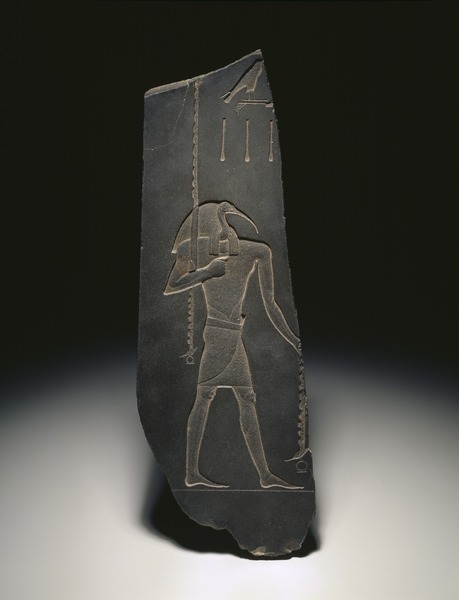
Slate fragment depicting Thoth
Thoth, God of learning and patron of scribes, depicted as ibis-headed man. Slate, 36.5 x 12.1 x 1.1 cm.
Late Period, 26th Dynasty, ca. 663-525 BC. Now in the Dallas Museum of Art.
3K notes
·
View notes
Text
Hymn to Bast
To Bast who grants the best of blessings, I offer my praise.
O mighty Eye of Ra, O slayer of the serpent,
Mistress of Bubastis, your city of famous name:
well-honored you were in the fairest of temples,
well-loved you remain throughout the wide world.
Preserver against all ills that plague us,
Protector against all foes that imperil us,
Yours is the care of humanity, our shelter and our shield.
Yours too is the sistrum, the sweetness of sound,
the joy and the pleasure of dance, the delight
of good company, laughter and song; O goddess
of merriment and mirth, I thank you for good friends
and good cheer, for respite and rest, for the comfort of love.
Defender of the good and the right, I honor you, O goddess.
Devourer of evil and disorder, I honor you, O Bast.
568 notes
·
View notes
Photo
I want all of these!

✨Little Treaures! ✨
IG: mamadivaaa
6K notes
·
View notes
Text
☽ Witchy Hint ☾
Don’t go into a spell expecting it to fail, self-fulfilling prophecies can easily get in the way of an otherwise successful spell.
Go in with confidence, own your craft, and you will see prositive results.
1K notes
·
View notes
Photo
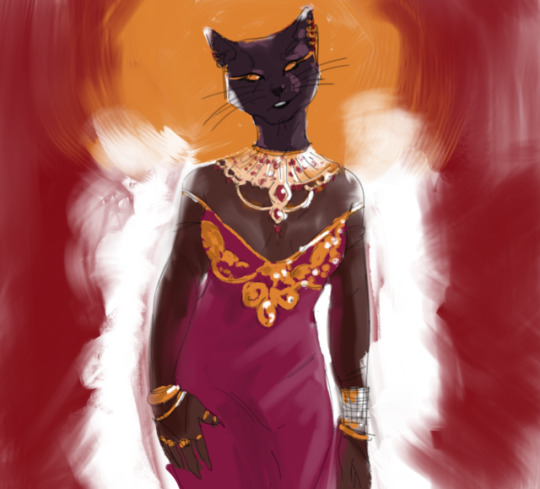
[mod] Image separate from the thread. It’s the first colored line art/sketch I’ve ever done in a few years. I enjoyed doing it and hopefully when I’m motivated and have time, I’ll try and do more colored pieces of Bast. She is has and will always be one of my favorite subjects/person/deities to draw.
22 notes
·
View notes
Text
Hope you all are having an amazing day <3
Sending you all phoenix energy today!
1 note
·
View note
Photo
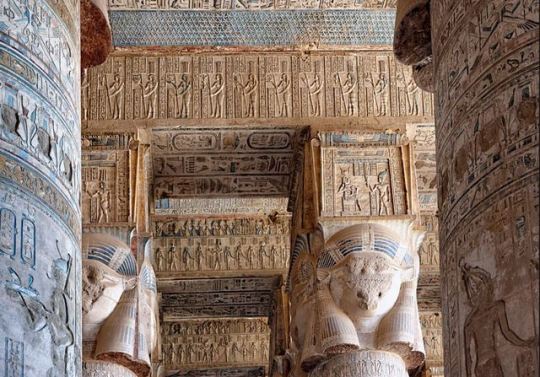
Temple of Hathor at Dendera, Egypt
94 notes
·
View notes
Text
Witchy Items for Your Altar
I share a very small room with my sister, and obviously don’t have much room for an altar. I use most of my space for my Hellenic shrines and altar. I keep my witchy stuff on my shared bedside table. Here is what I use, and how I store/display it. This is element based, but you can use it however you like.
North (Earth)
Small Himalayan Rock Salt Lamp - This is a tool I use all the time. It detoxifies my room, and cleanses the space. I feel so much more at ease with it on, like it’s washing everything away!
Crystals - You might want to move these or switch them out depending on what spell you’re doing, as all energy contributes to the working, but while you’re in your room, or even while you’re away, you can leave these here to represent Earth.
Salt - Little packets of salt work, or you can place a bowl with some salt in it on your altar. I use my rock salt lamp.
Dirt - A literal baby jar of dirt works, or you can put a plant on your altar if it’s by a window. I have a succulent!
Earth Imagery - A mini globe would be pretty cool! Or even a little eraser or what not. Having an actual picture of the Earth would be amazing, especially if the clouds were visible, and maybe if it had the sun in the background. Then it could be all encompassing of the elements.
Herbs, Flowers, Plants, etc - As with the crystals, you may want to change these out or put them away during spells, or switch them out. However, they would look really cool as you went with the seasons!
Fossils - I think fossils are awesome Earth representations. They have been in the ground for a very long time! I used to have some really cool fossils I used to represent Earth on my altar.
Tree Slice - Have you ever seen those little wooden slices that come from a tree stump? The ones that definitely had huge roots? Those would be perfect to represent Earth!
South (Fire)
Birthday Candles/Tea Lights - You can colour code! These are great for short workings, or even to call the elements. To make these stand up, place them in a bit of clay and let it harden.
Matches - Double whammy here- light your candles and have a representation!
Ash - I used to have volcanic ash, which was perfect. It got spilled, but for the while that I had it, it was awesome. Collect ash from incense, a fire, etc, and use it (just wait for it to cool!!!)
Charcoal - I always thought charcoal looked kinda witchy. I think a dish of it would make a good rep.
Charred Wood - If you have a bonfire, or just so happen to light a piece of wood on fire, you could let it cool and use it for your altar.
Lamp - If you have a secret altar, a little lamp could be an inconspicuous representation for fire, as it does produce light and heat.
Lantern - You can buy super cute mini lanterns at the Dollar Store. I love them, but haven’t gotten one yet. I think they would be fun to use for Fire.
West (Water)
Glass of Water - You can use whatever type of water you’d like; moon water, rose water, purified water, gem elixir; take your pick! Just make sure it doesn’t get moldy and stay moldy. Change it out each day/week.
Sea Shells - You can get these in super small sizes! Or, you can get them big and bulky.
Sea Glass - These little stone-like fragments are so pretty! They look just like crystals, and can be found on the beach or in the store!
Sea Salt - Sea Salt could work to represent Water, especially if you pour it into a seashell or add in sea glass to it. It could be like a little potpourri of water related objects!
Rain Cloud - You can create clouds out of things like stuffing for toys, cotton balls, and sometimes led lights. It could be a fun project, or you can buy one of them off of etsy.
Mermaid Image - I have a mermaid book mark made of metal, and it sits with my other water-related objects. I feel like it adds that feel of majesty to my water representation.
Drift Wood - This is so pretty! The pieces are smooth, have a fun shape, and definitely capture the essence of water!
Sand - If you go to a beach, collect some sand, and place it somewhere on your altar! Be sure to put it in a bowl, though, because it is hard to clean up.
Sea Weed - You can hang this somewhere, or put it directly on your altar. Either way, it looks great.
Coral - If you find some coral, you can place it on your altar. It looks so neat!
Starfishes/Sand Dollars/etc. - These are a little harder to find on the beach, but if you do, place them on your altar.
East (Air)
Wind Chimes - These add a little decoration to your altar, as well as give you an air representaiton. You can even listen for the tinkling of bells to see if any fae are around!
Bells - If you ring a bell, it disperses stagnant energy, and helps to cleanse a space. Having one on your altar is a great way to keep it fresh!
Feathers - This is a pretty obvious one, an oldie but a goodie. If you have some feathers, you can use them, but make sure there are no laws against collecting them in your area. Alternatively, you can use fake ones from a craft store.
Empty Glass or Bottle - Air is all around us. Use that to your advantage!
Dandelion Puff - This is what I immediately think of when I picture the wind. You can collect some puffs and put them in a glass.
Bird’s Nest (fake) - You can buy or make a fake bird’s nest. They look pretty real, and have this awesome rustic naturey vibe to them!
Leaves - They were once high in the sky! Collect them during the fal season or after a storm.
Incense - Another well-known one. You can burn this and use the smoke.
Tornado Making Jar - You know those little jars that you can shake up, and they make a tornado? Those would be a fun water-air duo!
Other:
Small Jewelry Box - This can store crystals, herbs, essential oils, etc. I use to use mine to cleanse my crystals becuase it played music!
Multi Colour Light-Up Candle - I found mine at Five Below! It lights up in tons of different colours, but is pretty large. However, it takes up a lot less room than a bunch of different coloured candles.
Your Wand - Having your wand on your altar makes it a sacred, special tool. It will be charged by the witchy items you have there, and will feel natural inn the environment.
A Mini Besom or Real Besom (Broom) - I use a paintbrush as a mini besom, as I can’t have real one. However, it would be nice if I did, and I’d keep it near my altar!
Your Grimoire/Spellbook/BOS/etc - If you aren’t hiding it, you could keep it on your altar!
A Fire-Safe Dish or Cauldron - If you water scry, burn things, or just like to include your cauldron in your spells, you can keep it on your altar.
Incense Tray - Incense can’t be burned without somewhere to place it. Keep your incense holder handy!
Altar Cloth - This ties everything together! It can be switched out for sabbats/festivals/seasons/spells.
Chalice - I’m not Wiccan, but I use the chalice in my workings every once in a while, usually for water-related magic. You can get these beautiful metal ones at antique stores, or regular old wine glasses at the dollar store!
Mortar and Pestle - For practical use and an awesome vibe! You can keep this near your herbs.
Coloured/Enchanted Salts - They display beautifully,and are really good to have on hand.
Spirit Vessels - These can go in their own little corner if you like. They could also be the center of your altar, especially if you work mainly with spirits.
Tarot/Other Cartomancy Cards - Find a nook for your cards to be kept safe and clean. They will be charged by the other objects all around it, which makes it an awesome idea to have on your altar.
Scrying Mirror - Make this the main attraction, or perhaps just a piece of the puzzle. If you have an ornate mirror, it could be a very drawing part of your altar!
Crystal Ball - Like the scrying mirror, it could be a background piece or the focal point.
Runes - If you cast runes, you can keep your bag or box of them on or near your altar.
Other Divination Tools - You cans store these, or just la them throughout your altar. Whatever you choose, having your tools close by will be awesome!
Twig Shapes - You can make sigils out of twigs and hot glue! Add a ribbon or piece of twin in the shape of a loop, and you can hang them above your altar as decoration and as a little energy booster!
Circle (Embroidery Hoop) - I know most people use salt to cast circles, but I actually use an embroidery hoop. I cast one around myself, and one around the items I am working with (ex: what’s in the hoop).
Knife - If you use a ritual or practical knife in your workings, it’s good to have on hand. I can’t have one, but I like my wand better anyway, personally.
Fae Garden - You’ll have to have plenty of sunlight near your altar for this one, but it will definitely be fun to have some Fae living on your altar!
Spell Supplies - Random bits and bobs, like egshells and ribbons, can be kept on your altar as well.
15K notes
·
View notes